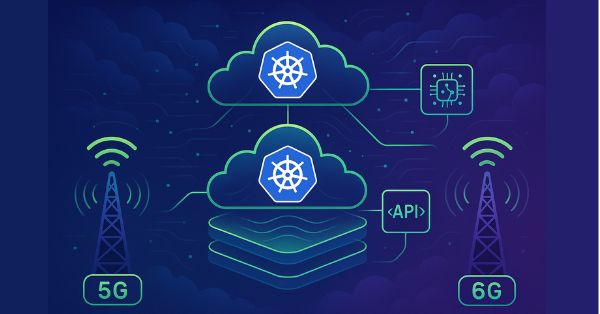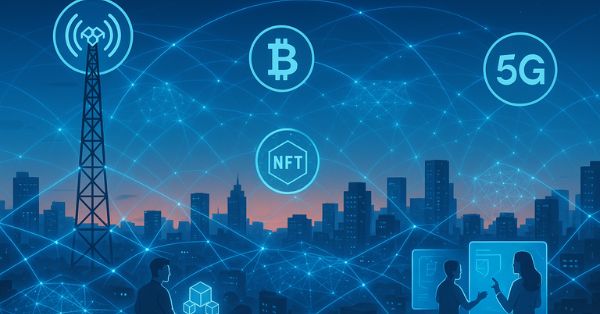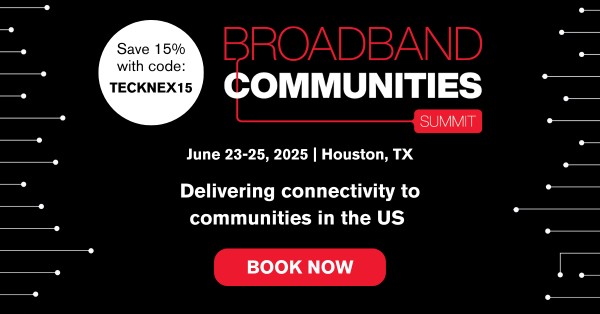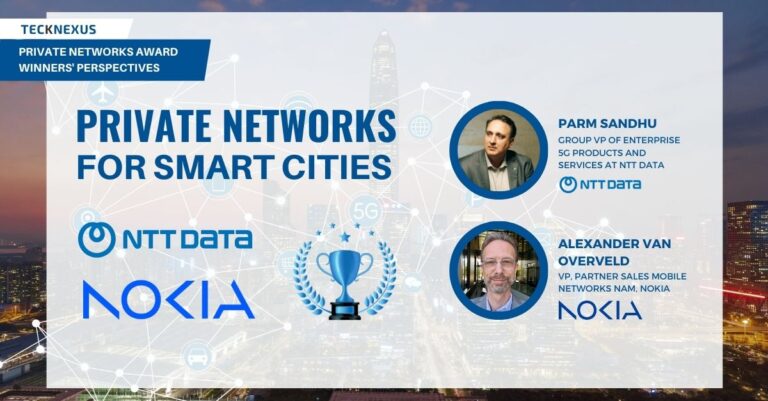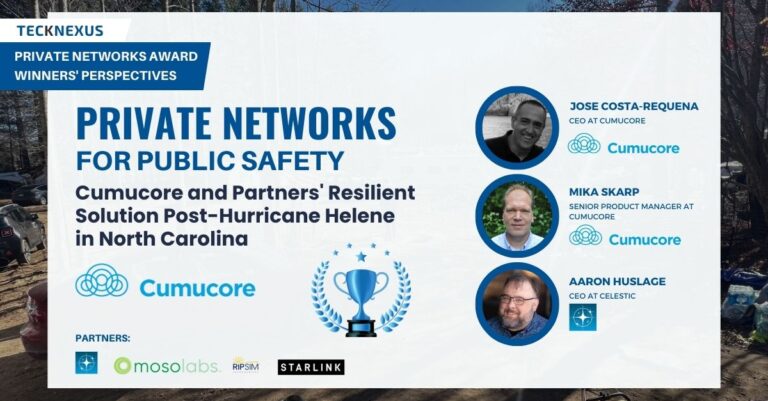The Lower Colorado River Authority (LCRA) is joining forces with Ericsson to launch a private LTE network across 68 Texas counties. This initiative aims to modernize the utility grid, enhance cybersecurity, and improve real-time communications for mission-critical operations. With 5G-ready technology, LCRA ensures a future-proof network that benefits electric cooperatives, municipalities, and essential services.
Utility Communication Challenges: Aging Infrastructure, Cyber Threats & Latency
Utility companies face growing challenges in maintaining secure and reliable communication networks. Some key hurdles include:
- Aging infrastructure that struggles to support modern applications.
- Cybersecurity threats targeting critical infrastructure.
- Extreme weather events like storms and heatwaves disrupting communications.
- Latency issues affecting real-time monitoring and remote operations.
- Lack of dedicated, high-capacity networks for mission-critical tasks.
How LCRA’s Private LTE Network Enhances Grid Security & Reliability
To address these challenges, LCRA is deploying a private LTE network with Ericsson’s advanced technology. The network will provide:
- Mission-critical communications for SCADA (Supervisory Control and Data Acquisition) and mission-critical push-to-talk (MCPTT).
- High-security features with Ericsson’s network security management.
- A geographically redundant, 5G-ready core for reliability and future scalability.
- Dedicated bandwidth for essential services, eliminating reliance on congested public networks.
- Support for electric cooperatives, municipalities, schools, and transit agencies to strengthen their communication systems.
LCRA’s 5G-Ready LTE Network: The Technology Behind the Upgrade
The private LTE network will leverage:
- Ericsson’s Dual-Mode 5G Core for long-term scalability.
- Ericsson’s Radio Access Network (RAN) for wide-area coverage.
- Advanced cybersecurity tools to protect against evolving threats.
- 24/7/365 network monitoring by Ericsson’s operations teams for enhanced resilience.
This 5G-ready infrastructure ensures LCRA can seamlessly transition to future wireless technologies.
Key Benefits of Private LTE for Utilities: Cybersecurity, Latency & Cost Savings
LCRA’s private LTE network will provide significant advantages, including:
- Improved grid resilience – Faster responses to power outages and equipment failures.
- Stronger cybersecurity – Protecting against cyber threats and malicious attacks.
- Lower latency & higher performance – Optimized for real-time data applications.
- Cost savings – Eliminating reliance on commercial networks for lower long-term expenses.
- Enhanced control & visibility – Better network management for utility operations.
Private Networks in Utilities: How LCRA Sets a New Standard
LCRA’s deployment highlights the growing role of private networks in modernizing utility infrastructure. Many energy providers are adopting 5G and edge computing to improve network reliability, security, and efficiency.
By investing in a future-ready private LTE solution, LCRA sets a benchmark for other utility providers to follow.
Ericsson’s Private LTE Solution: Powering Texas’ Utility Network
Ericsson is delivering an end-to-end private LTE solution, including:
- Private LTE infrastructure for reliable connectivity.
- Cybersecurity solutions to safeguard mission-critical operations.
- 24/7 network monitoring for high availability and performance.
With expertise in mission-critical networks, Ericsson ensures LCRA’s network meets the highest standards.
LCRA’s Private LTE Rollout: Key Milestones & Future Plans
- Q1 2025: Initial network operations begin.
- Multi-year deployment: Expanding across 68 counties.
- Future upgrades: Seamless 5G adoption for next-generation utility applications.
Future-Proofing Texas Utilities: LCRA & Ericsson’s Private LTE Vision
LCRA’s partnership with Ericsson is a significant step in securing and modernizing Texas’ critical utility infrastructure. By deploying a private LTE network, LCRA improves operational efficiency and future-proofs services against evolving demands.
This project showcases how private networks play a crucial role in resilient, secure, and efficient utility services for millions of Texans.






